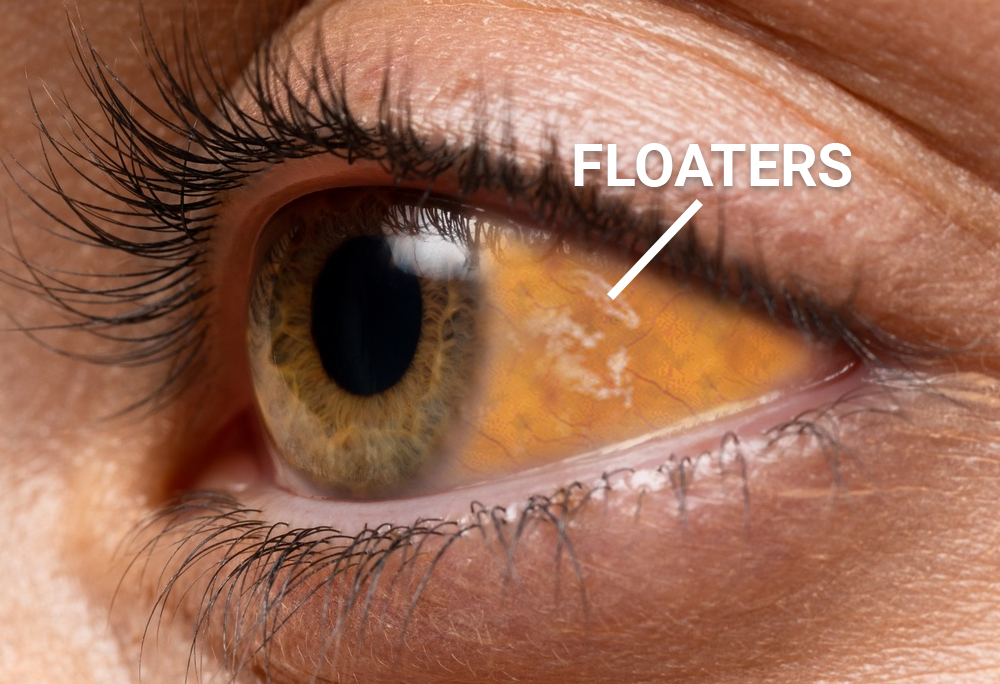- 1101 Rutherford Road, Thornhill, ON L4J 0E2, Canada

A medical term for farsightedness occurs when objects at distance are clear, but up close are blurry. This condition exists if the length of the eye is too short, or if the cornea (clear portion at the front of the eye) is too flat. Light that enters the eye is focused behind the retina, the light sensitive material in the eye. Plus lenses are used to focus light onto the retina.

Unlike nearsightedness and farsightedness, astigmatism effects both distance and near vision. This condition occurs when the cornea (clear portion at the front of the eye) has two focal points. A simple analogy is to imagine the shape of the cornea to be the same as the side of a football. The up-and-down curvature is different from the side-to-side curvature. Astigmatism is a very common condition, and up to 85% of people can have some degree of it. People with astigmatism are able to get glasses, contact lenses and laser vision corrective surgery.

There are thousands of eye conditions and diseases. This section will highlight some of the most common.
The clouding of the lens in the eye. The lens sits within the eye behind the iris (coloured portion of the eye). The normally clear lens in the eye has become opaque, and depending on its size and location, it can interfere with your vision. Most commonly, cataracts affect people over the age of 55 and both eyes at once, but certain medical conditions can cause cataracts to occur sooner. Treatment is done by replacing the lens (cataract surgery).


A disease of the eye causing damage to the macula, the central vision area of the retina. Most people with macular degeneration are over the age of 60, light skin colour, and have a family history of the disease. Early detection through eye exams, followed by life style changes, can reduce the damage caused by the disease. Early detection is the key to preserving vision.

Semi transparent specks within the vitrous (jelly in the back of the eye). They can be perceived as specks of different sizes, shapes, and shades. Since they are inside the eye, they usually move with normal eye movements. They are caused by dirt/debris in the vitrous of the eye. Most spots/floaters are normal, but an examination by an Optometrist should be performed to rule out other sight threatening causes.


Mon – Thurs : 9:00 am to 6:00 pm
Fri – Sat : 9:00 am to 2:00 pm
Sun: Closed
Unit 6, 1101 Rutherford Rd,
Thornhill, ON L4J 0E2,
Canada.
Copyright @ Thornhill Eye Care. All Rights Reserved. Designed by www.authorselvi.com